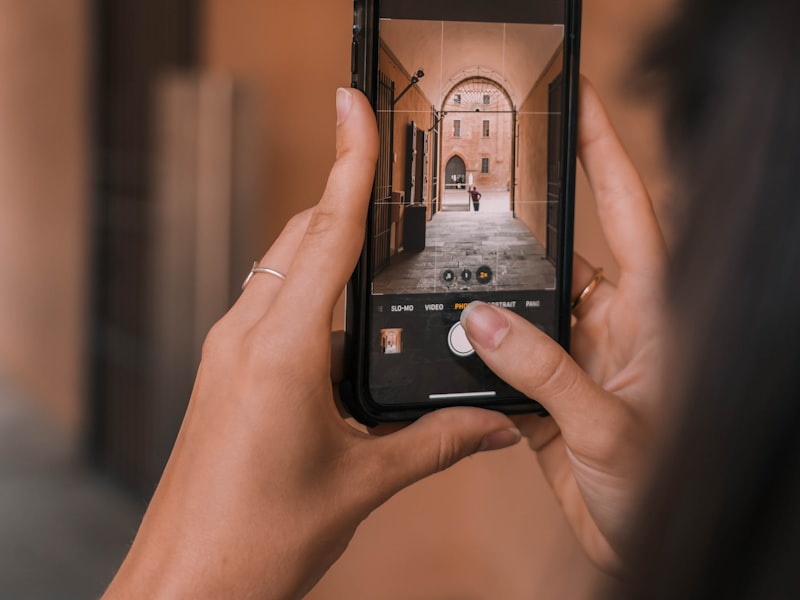
Thinking of taking up gardening or turning the house into a jungle? Not only does gardening provide what you require to unwind and relax, but starting up is surprisingly easy- even for a beginner! All you require are a few important tools and a bit of know-how! Let's discuss plant care tools and what you'll require for gardening needs to be discussed.
1. How do you use a spray bottle?
Some plants need extra humidity, which can be easily achieved with a spray bottle or mister. Look for a plant-grade spray bottle that delivers an ultra-fine mist. This will feel the gentlest on delicate plants, with the tiniest particles being easiest for them to take in. A spray can also come in handy when watering seeds or newly-potted plants that can't handle the heavy flow of watering. You may also utilize a mister for removing the dust from leaves. Just avoid getting plants with unusually water-sensitive leaves, especially the African Violet, wet.
2. Using a watering can (with a long spout) can make gardening easier.
Using a watering can simplify gardening tasks tremendously. When using just a regular cup, it's far too easy to accidentally spill water. Not only this, but without a watering can that's precisely calibrated, even parts of plants meant to stay dry will inevitably be prone to getting splashed. Using this can result in leaf scalding, root rot, and other undesirable side effects. A watering container will enable you to direct the water directly towards the soil, which is far safer. As many houseplants need watering from either the crown/base, selecting watering cans that have a long and narrow spout will facilitate controlling the water flow.
3. Using a pruner is essential for maintaining plants.
Pruning is part of regular plant care and requires a gardening pruner (also known as pruning shears). These are employed to prune sick or dead plant tissue and to prevent fast-growing and potentially invasive plants from spreading too rapidly. Moreover, pruning spent flowers can assist plants in creating new blooms faster. The best pruned material is made of carbon steel, which is extremely durable and extra-sharp, making it perfect for snipping delicate plants efficiently and precisely!
4. Pruning can be performed using scissors.
Pruning scissors can participate in a gardening contest (and win) for pruning and cutting hard-to-reach places, as well as removing deceased flowers or leaves. This tool permits you the ability to make the finest cuts, making it an excellent choice also for capturing herbs! Choose rust-resistant pruners that deliver a sharp, clean cut to your houseplant.
5. Taking care of a garden requires hand and a trowel.
Hand trowels provide a gardener with a Tier-A-Dual-Section alternative to a shovel. These tools are a must-have for every tool kit and can truly be lifesavers. These miniature garden tools are ideal for digging holes for bulbs, collecting weeds- making the task so much easier- and sowing fresh soil and fertilizer. Choose your garden trowell based on your comfort, and remember to keep an eye out for ultra-comfy, cushion-grip handles!
6. A Hand Forge For Gardening.
Another handy tool for gardening is a hand fork, which can be used for sweeping, cutting, and mixing. While hand troweling can be compared to miniature shovels, hand forks could also be compared to miniature rakes. They can be used to unclog and lift the soil, tilling it and making it easier to work with. A hand forky is one of the best tools to facilitate your task! To make gardening as pleasant as possible, opt for a lightweight, rust-resistant hand fork with a comfortable handle.
7. Using a humidifier can be advantageous.
Some plants, especially those that are tropical, thrive in conditions of high humidity. You may live somewhere that doesn't have enough humidity to sustain this naturally. To adjust the humidity accordingly, place your plant in front of a humidifier that enhances the appearance of being in a tropical environment. Additionally, try placing humidity-loving plants in a bathroom where people are known to frequently shower. Remember that different crops require different levels of humidity, and it's always recommended to consult with your plants regarding their growing needs before selecting a method for adding humidity.
8. Grow with LED lights.
Light is the most important aspect of cultivating a flourishing garden. Grow lights are ideal for rooms that are poorly lit and need extra light during dark, rainy seasons. Pay attention to models that offer a diverse light spectrum for plants, which can effectively stimulate growth and development year-round.
9. Using a soil tester is recommended.
A high-quality sol tester can be utilized to keep plants healthy and hydrated. Soil testers can be used to gauge the soil moisture level, which will allow you to assess if the plant is receiving enough water. There are models that include features that enable you to easily measure soil pH, sunlight, and temperature. These instruments encompass almost all essential care considerations in one device.
10. Gardening gloves can be purchased online here.
When Outdoor Awning , it's natural to keep your hands protected from prickly leaves and thorns. Consider the comfort and durability of gardening gloves, along with whether they provide a "natural grip" and protect enough against scratches and cuts.
